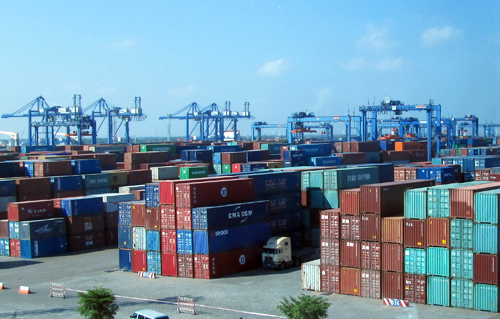Freightos Baltic: Ocean freight rates fell for the fifth consecutive week amid lingering post-holiday lull
Further compounding the bearish sentiment, a proposed regulatory move by the United States this week threatens to disrupt global shipping flows. The rule, if enacted, would impose substantial levies—ranging from $500,000 to $1.5 million per port call

|
Route |
Cost (USD/FEU) |
Changes |
|
Updated on 26 February 2025 |
||
|
Asia - US West Coast |
$ 4,362 |
â 8% |
|
Asia - US East Coast |
$ 5,698 |
â 11% |
|
Asia - Northern Europe |
$ 2,954 |
â 7% |
|
Asia - Mediterranean |
$ 4,129 |
â 7% |
Global ocean freight rates have extended their decline for a fifth consecutive week as the market struggles to regain momentum following the post-Lunar New Year slowdown. The sustained downturn underscores mounting competitive pressures, exacerbated by rising global shipping capacity and ongoing structural shifts within major carrier alliances.
The structural transformation of major shipping alliances has further intensified competitive dynamics. The once-dominant 2M, Ocean, and THE alliances, which for a decade governed the vessel-sharing framework of the world's leading ocean carriers, have undergone significant reshuffling. Notably, Hapag-Lloyd’s departure from THE Alliance and Maersk’s withdrawal from the 2M agreement have disrupted previous market structures, leading to increased rate competition as carriers adjust their strategies in the evolving landscape.
Container rates on key Asia-Europe routes have now fallen below the $3,000/FEU mark, dipping beneath levels observed during the same off-peak period in 2024.
Further compounding the bearish sentiment, a proposed regulatory move by the United States this week threatens to disrupt global shipping flows. The rule, if enacted, would impose substantial levies—ranging from $500,000 to $1.5 million per port call—on Chinese carriers, Chinese-flagged vessels, and other operators utilising Chinese-built ships. Positioned as a countermeasure against perceived risks from China’s shipbuilding industry, the policy could have wide-reaching implications for the maritime sector.
Should these measures take effect, some vessels may attempt to reroute through Canadian ports. However, logistical constraints—including limited capacity and the impracticality of Canadian transit for certain US inland destinations—suggest that any diversion will be limited in scope.
Read more on Freightos
